Filmmaker Thorsten Schütte first came across avant garde rock musician’s Frank Zappa’s music at the age of 12 in Schütte’s native Germany, and he has been hooked ever since. Intrigued by a song “Who are the Brain Police?” from Zappa’s band The Mothers of Invention, Schütte was lured into the Zappa universe. “I wanted to hear more and find out more about him,” said Schütte. “Eventually I got my first ticket to see him in 1982 perform live. This is how I got into Zappa’s music as a young teenager.”
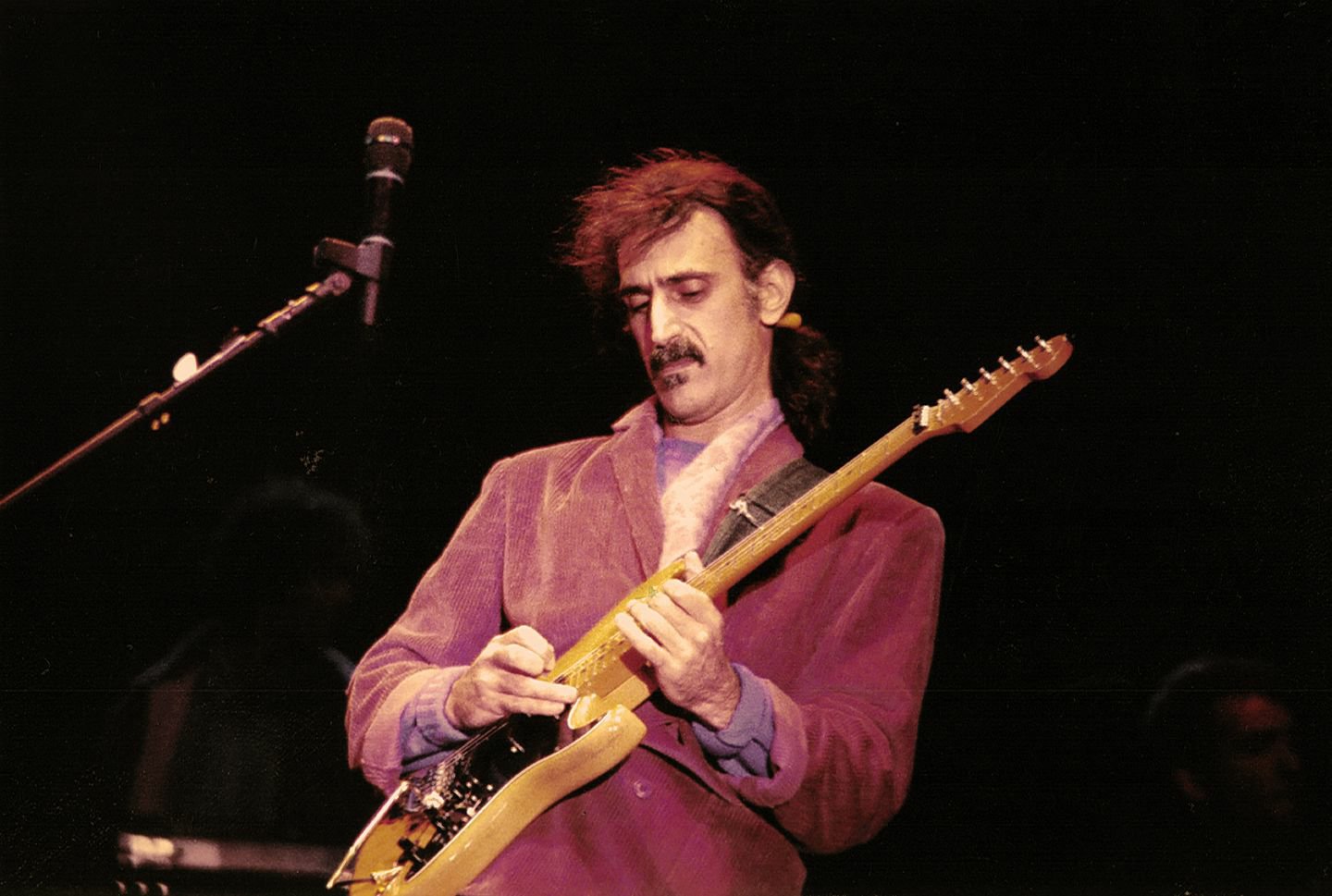
Even though considerable intervening years had passed, Schütte noted that one never fully loses the influences from one’s youth. Having experimenting with film and video, Schütte, who originally wanted to become a cinematographer, angled towards documentaries, a profession he entered in 1989.
In 2008, the idea came to him to create a documentary about Zappa, who had passed in 1993 at age 52. “As a producer/director, you are constantly working with broadcasters and archive,” said Schütte. “You find yourself looking into archives. When I go into those vaults, I ask the archivists, ‘Do you have anything on Zappa?’”
Among the discoveries Schütte made was a 90-minute unedited film interview with Zappa from 1969. “When you look into those recordings, and you concentrate on the persona and the interview he gives, it reveals different facets from the person we seem to know,” Schütte described. “When you look extensively, it’s a meditation on a character. Other aspects become more prevalent, more into the forefront. I found those elements precious. What if we try to create a film solely out of archive?”
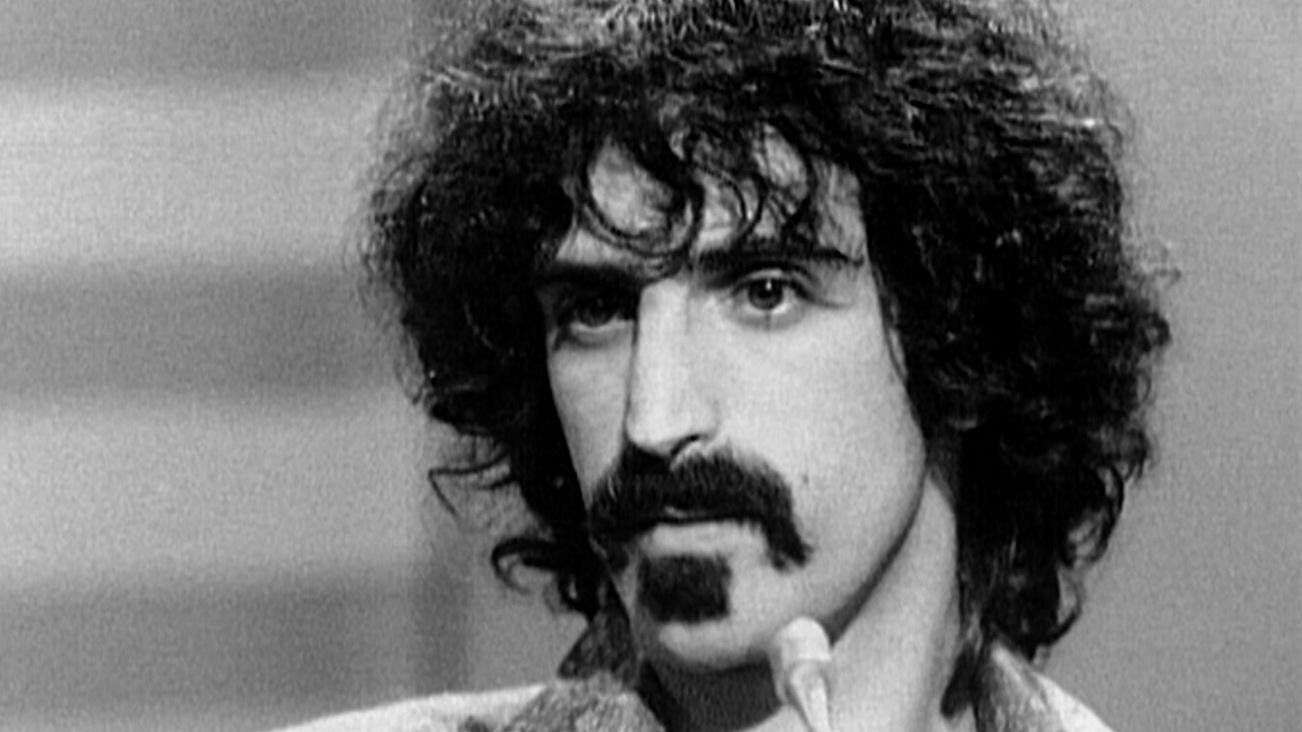
Since he knew his subject matter very well, Schütte conspired to create Eat That Question, out now in the U.S. on various platforms. To do so, he knew he needed to contact the Zappa family—first and foremost, Gail Zappa, Frank Zappa’s widow. “When the idea daunted on me to make a film from archive, I would like to come to Los Angeles to discuss my idea with her,” Schütte said. “It took me two years to get my foot into the door. First, there was no response, then a reluctant response. Then everything went silent again. Eventually, I called Gail’s lawyer to say that she’s not responding. Then, I got an email to come over—I met her in 2010 together with her archivist.”
In their visit, Schütte sat with Gail Zappa for hours watching materials that Schütte had collected. “She understood the scope of my undertaking,” he said. “She was a very tough nut and very hard to convince. In a couple of days, I went home with a letter of approval for me to continue this venture. She gave me the go-ahead because she was a certain advantage in the work I’ve been doing.”
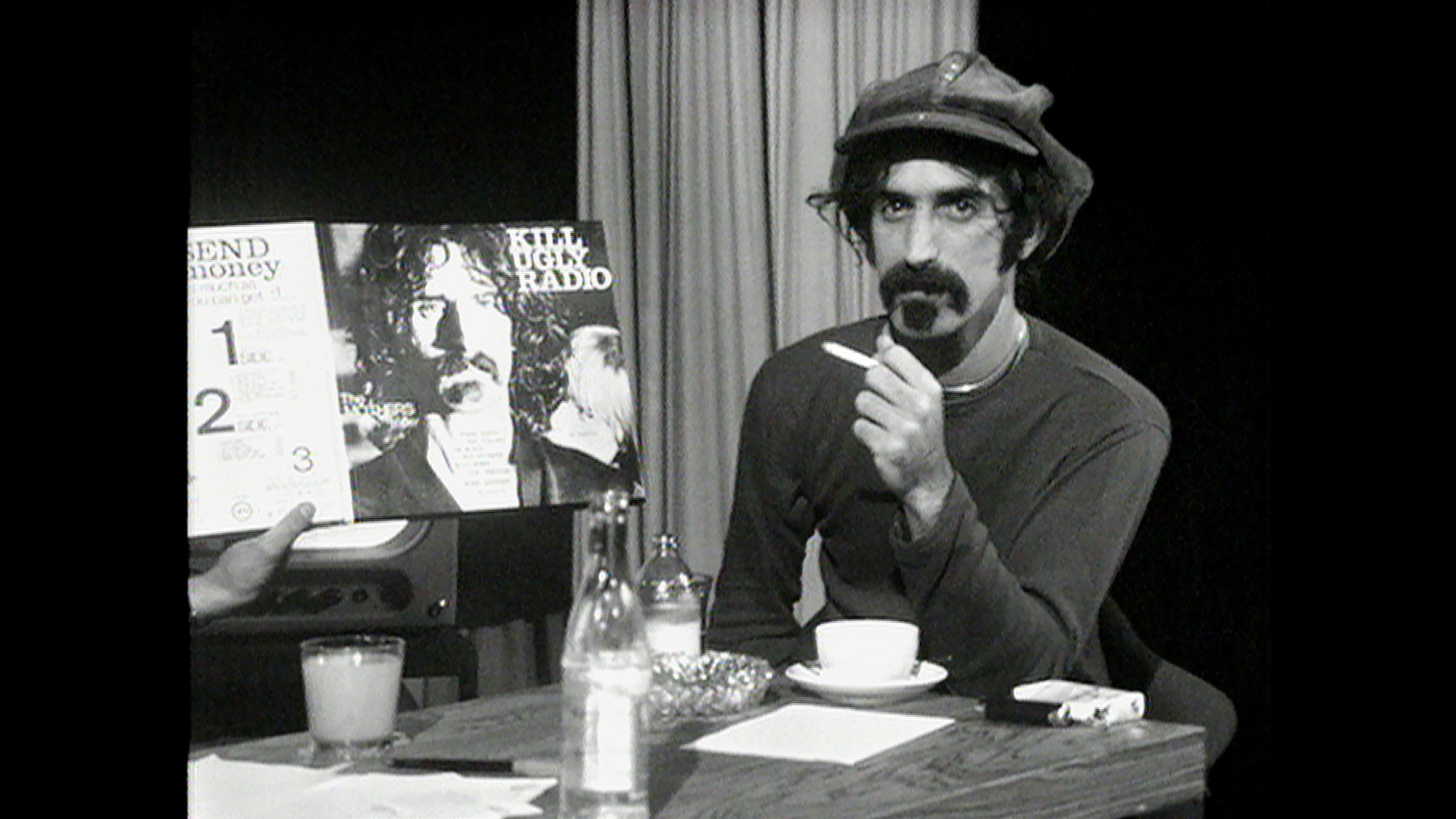
Finally, by the end of 2014, Schütte had a signed contract with Gail Zappa, giving her final cut. “She was a very protective person when it came to the heritage of her husband,” Schütte revealed. “Eventually, her trust in us was bigger than her suspicion.”
Making a film solely from archival footage, Schütte produced the film independently. Ahmet Zappa, Gail and Frank’s youngest son, came into the project shortly before Gail passed away, as she had handed over the business affairs of the Frank Zappa Estate to Ahmet. “They have executive producer credits for having helped us out with the music rights clearances with Universal,” said Schütte. “What I owe to Ahmet is the title of the film. Originally, the title of the film was called Zapped; in Germany, switching channels on your remote control is called Zapping. Ahmet came up with Eat that Question.”
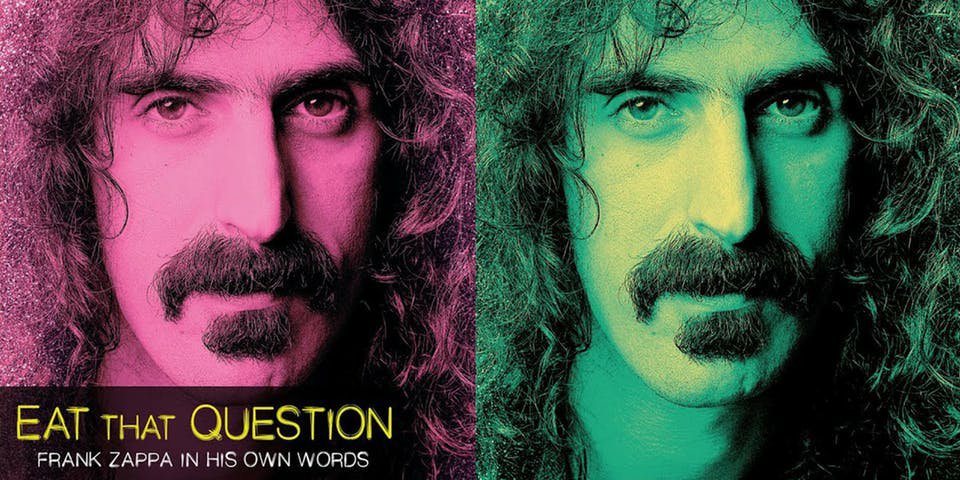
In spring of 2015, Schütte entered the editing room, and, by that September, he had a rough cut of the film. “After two-and-a-half months, we had a two-and-a-half-to-three-hour rough cut,” Schütte divulged. “The basic structure was already there. The character [of Frank] Zappa as a narrator has the qualities to carry you through. The nitty gritty was to clear the hi-res archive from all over the world. You know the sources, but you have to collect and pay for the originals, and receive that, and transform it to the same frame length, running length.”
Even though Gail Zappa was terminally ill at the time, Schütte arranged an appointment with her at the legendary Laurel Canyon, Los Angeles family house, in the basement where Frank Zappa used to work. “Family, friends, and some of the kids where there,” Schütte explained. “I was extremely nervous. It felt very moving but wrong—what am I doing here now? Like I stole the family album. You bring back the story of their father, friend, and husband. You are entering in a private sphere so much closer with them than with me.”
Alas, the entire Zappa family and extended group at the screening gave Schütte staunch praise for his efforts, albeit after a long pause. “When the projection ended, it was dead quiet,” Schütte remembered. “I looked at Gail—she gives me this stern-eyes look: ‘I didn’t expect that you would use so much of Frank’s music.’ Moon [Unit Zappa, the eldest daughter, said,] ‘Mom, shut up—it’s a beautiful film.’ Then, everyone was happy.”
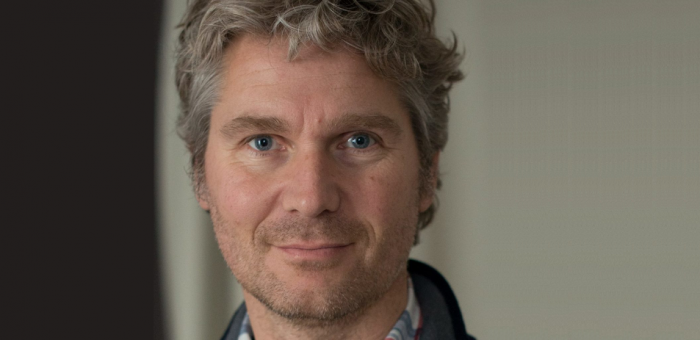
For the uninitiated, Schütte said that Eat that Question can serve as an entry point into the world of Frank Zappa. “He’s a great school for open-eared, open-eyed, open-minded people,” Schütte said. “You can learn an awful lot from him, if only you come with an open heart. He is a great synthesist. It’s a very rewarding musical journey that he took me on—if a bit of that rubs off to anybody else, that’s something.”





